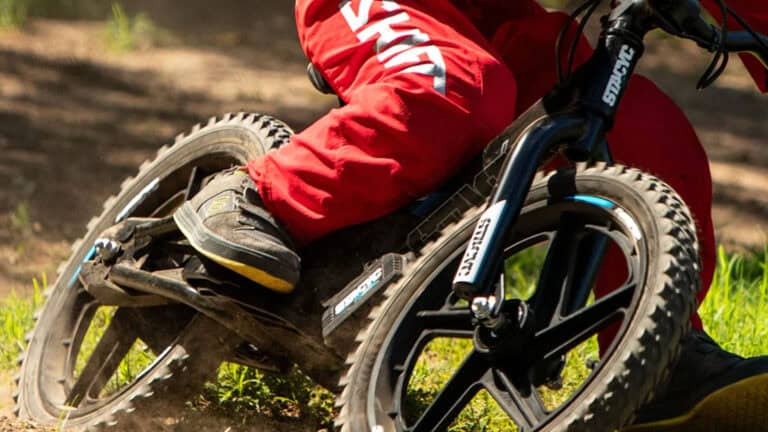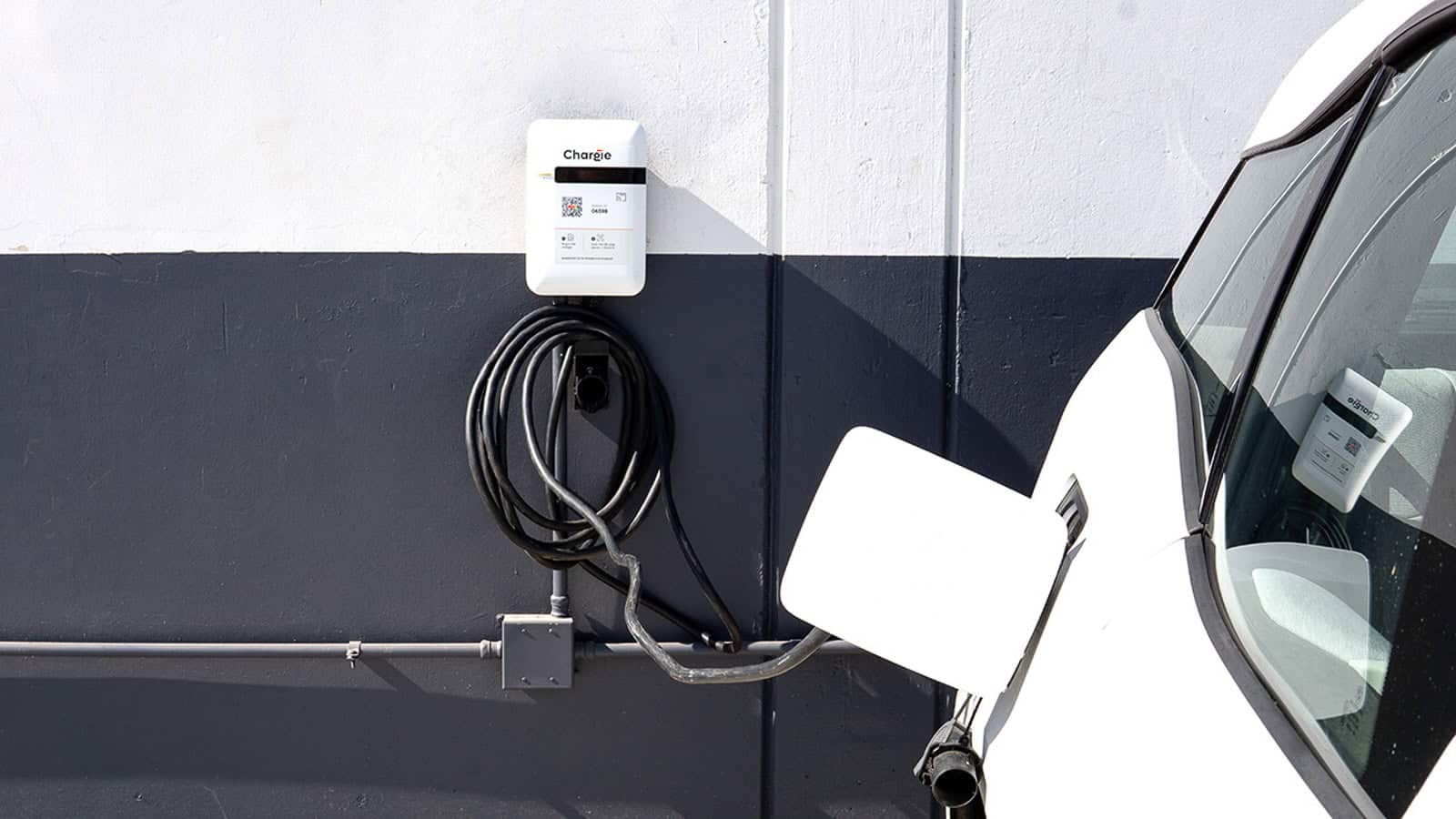- The WiTricity program encourages automakers to test and evaluate factory-installed wireless charging receivers.
- The WiTricity FastTrack Integration Program opens in August 2023.
- The 11kW WiTricity Halo chargers can be buried in pavement and installed in garages and driveways.
Battery technology continues to evolve. You no longer need a cord to charge a smartphone, and soon, you’ll no longer need a cord to charge an EV. WiTricity and auto manufacturers are working together to explore the future reality of wireless EV charging platforms.
The Pioneer in Wireless EV Charging


WiTricity is the pioneer in wireless EV charging. The innovative company manufactures the WiTricity Halo Receiver and the Halo Charger. Electric vehicles must have the Halo Receiver installed to use the 11 kW Halo Charger.
For comparison purposes, plug-in home EV chargers deliver between 3 kW and 19 kW of AC power. The popular Enel X Way Juicebox 40 is a 9.6 kW charger.
The company has field tested the WiTricity Halo Receiver on several passenger and light-duty electric vehicles. The Halo Charger delivers a magnetic field and the Halo Receiver captures that energy, then converts it to charge the EV battery.
Encouraging OEMs to Offer Factory-Installed Wireless Receivers
WiTricity has opened its FastTrack Integration Program to auto manufacturers who want to test wireless charging with their current and future EV platforms. Ideally, manufacturers would install the WiTricity Halo Receiver on all EVs or offer installation as an optional feature. Drivers could then choose between wired or wireless charging while at home or on the road. The FastTrack Program opens in August 2023.
The WiTricity charging pads offer convenience and innovation. The pads can be installed in driveways and garages. They can also be buried in the pavement to charge vehicles in parking lots or in curbside public charging stations. Before drivers can use these convenience chargers, OEMs must add receivers to their vehicles.
Alex Gruzen, CEO of WiTricity said, “We have extensive experience upgrading existing vehicles such as the Tesla Model 3 and the Ford Mustang Mach-E to support wireless charging, and in working with early adopters of factory-installed wireless charging. WiTricity can partner with OEMs not just on evaluation, but on delivery from our global supply chain of fully automotive-grade wireless charging solutions for production programs.”
Dealer-Installed Wireless Receiver Program

The FastTrack Integration Program also works with auto manufacturers to develop a dealer-installed wireless charging program. This program lets drivers add wireless charging receivers as OEMs are developing their production programs for hardware and software. The Halo system already meets the Society of Automotive Engineers standards for wireless charging.
Wireless Charging Convenience & Innovation
OEMs continue to look for ways to encourage drivers to buy electric vehicles. Unfortunately, many drivers are turned away because they consider charging to be a hassle. Public chargers are often broken, especially those that are constantly exposed to extreme weather. Wireless charging provides another option, where drivers park above the charger and don’t have to worry about plugs. Eventually, wireless charging technology could be installed in roads, so EVs can charge while on the move.
ADVERTISEMENT

SOURCE | IMAGES: WITRICITY
FTC: We use income-earning auto affiliate links. Learn more.
































